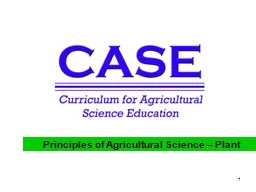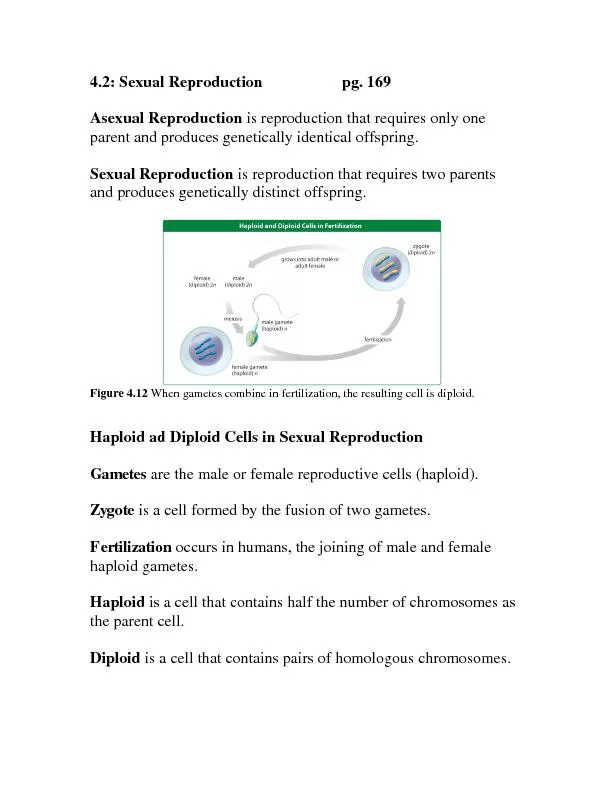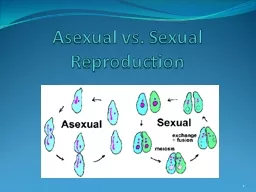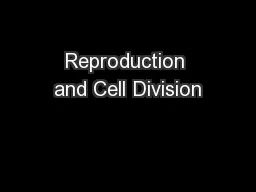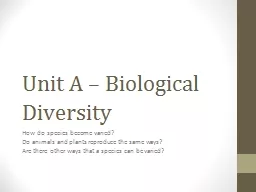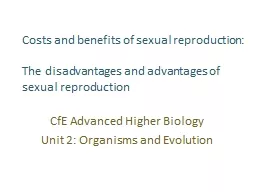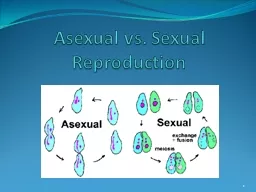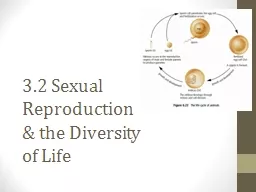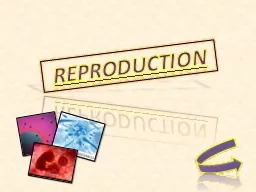PPT-1 2 The Role of Fruit Unit 7 – Sexual Reproduction
Author : lindy-dunigan | Published Date : 2018-11-01
Lesson 73 Fruit Nuts and Monkeys Principles of Agricultural Science Plant 3 Fruit Defined A fruit is a ripened ovary The wall of the ripened ovary is called a
Presentation Embed Code
Download Presentation
Download Presentation The PPT/PDF document "1 2 The Role of Fruit Unit 7 – Sexual ..." is the property of its rightful owner. Permission is granted to download and print the materials on this website for personal, non-commercial use only, and to display it on your personal computer provided you do not modify the materials and that you retain all copyright notices contained in the materials. By downloading content from our website, you accept the terms of this agreement.
1 2 The Role of Fruit Unit 7 – Sexual Reproduction: Transcript
Download Rules Of Document
"1 2 The Role of Fruit Unit 7 – Sexual Reproduction"The content belongs to its owner. You may download and print it for personal use, without modification, and keep all copyright notices. By downloading, you agree to these terms.
Related Documents

